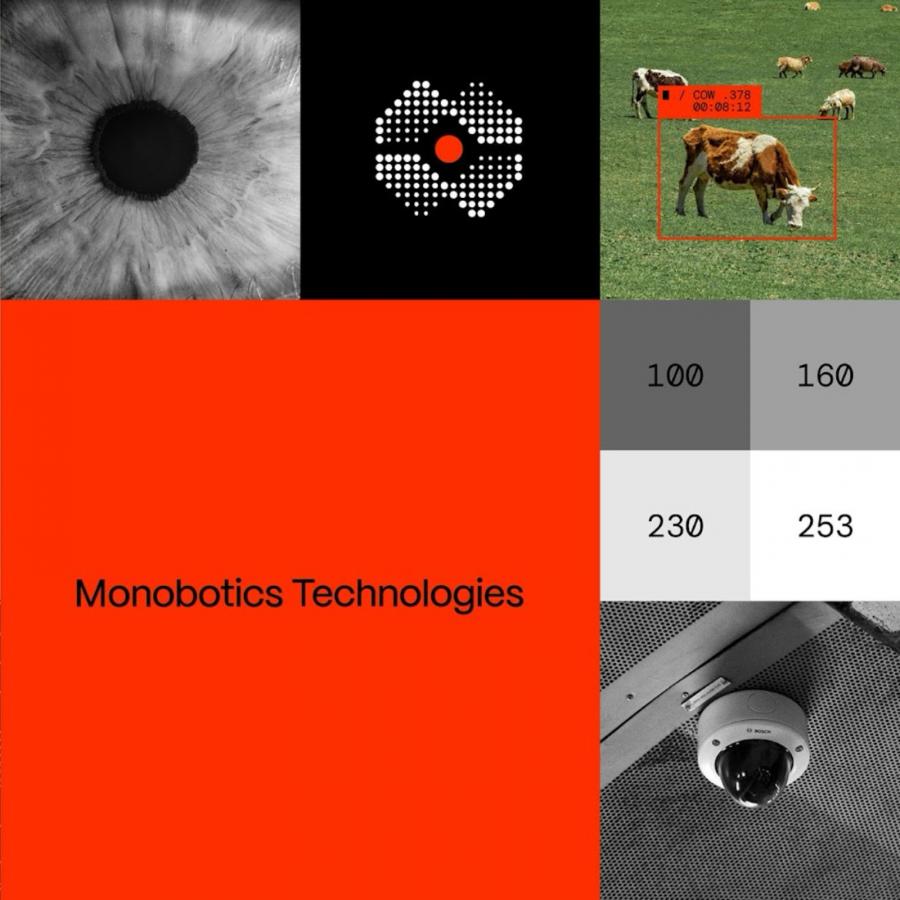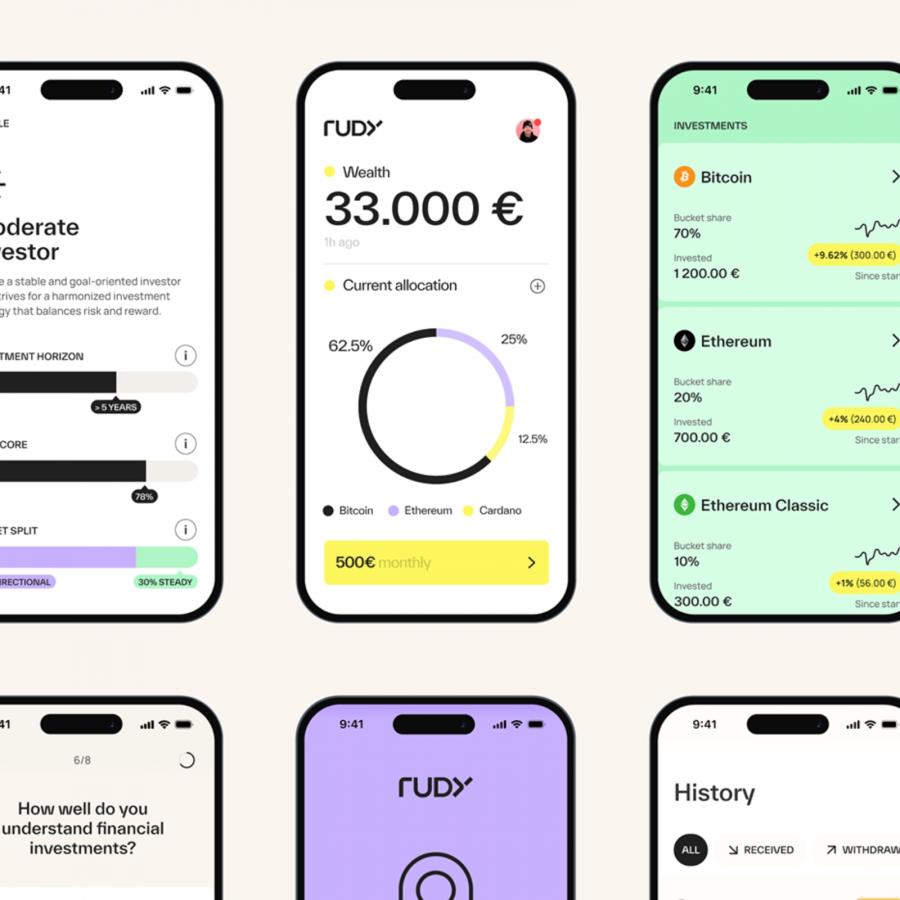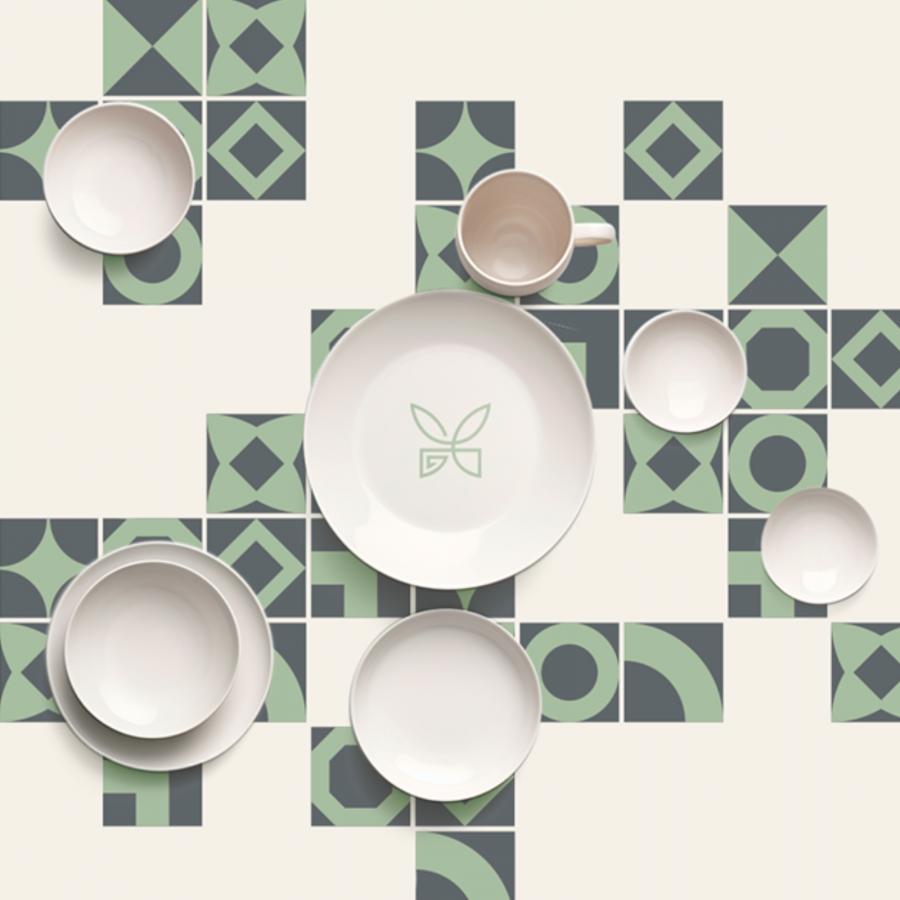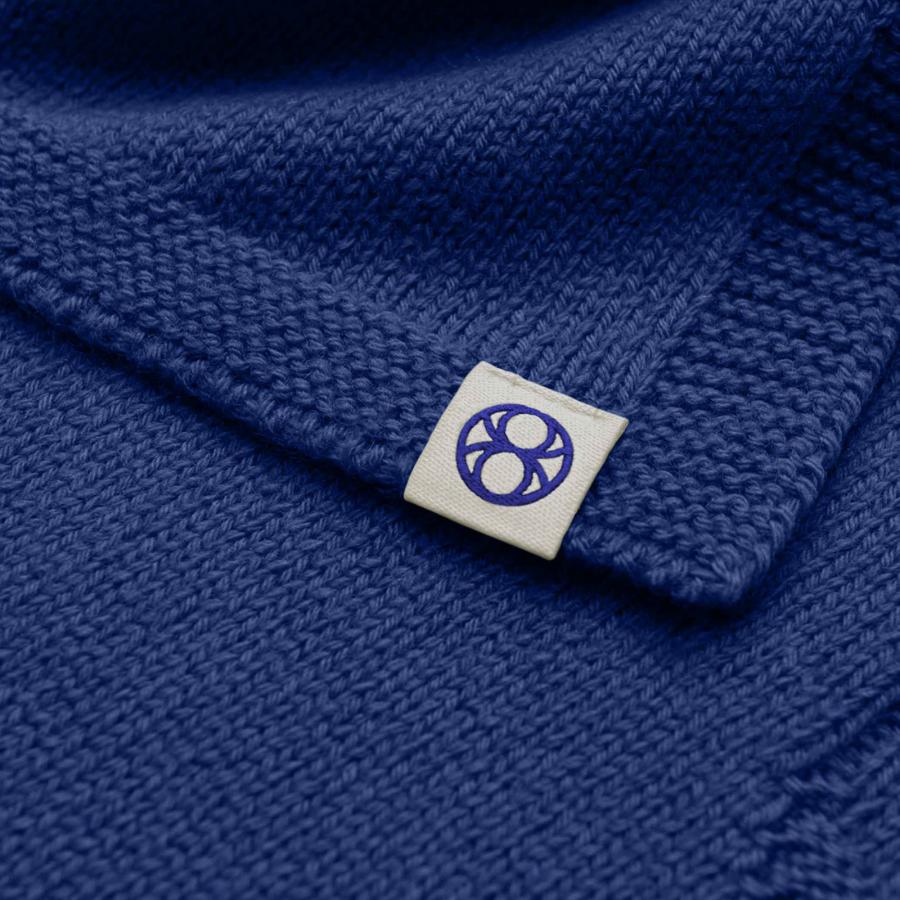Discover PuffySoft’s bold branding and visual identity, crafted for comfort and creativity in inflatable furniture design.
PuffySoft, a brand known for its inflatable furniture, brings a fresh approach to comfort with its fun and soothing designs. Created by a team of young designers, PuffySoft aims to provide a space where people can rest and relax. The brand’s identity, designed by OLaF CW, captures this vision with a playful yet refined approach that aligns perfectly with its soft, plush products.
At the heart of PuffySoft is the belief that everyone needs a place to unwind. This simple yet powerful idea is what inspired the team to explore the world of inflatable furniture. With a product line designed to be both comforting and aesthetically pleasing, PuffySoft’s branding had to reflect this ethos of relaxation, joy, and creativity.
The brand identity revolves around softness—both in form and feeling. This focus is evident in every aspect of the design, from the logo to the color palette and typography, all of which come together to create a brand that feels inviting, light, and playful.
The typeface is rounded and soft, mimicking the plush, inflated shapes of the furniture. This subtle design choice instantly connects the brand identity to the product, making the logo feel like an extension of the furniture itself.
For typography, OLaF CW opted for smooth, round-lettered fonts, which echo the inflated, cushioned feel of PuffySoft’s products. These fonts help communicate the brand’s message of comfort, while also maintaining a playful tone. The simplicity of the typography keeps the design clean, avoiding unnecessary complexity and ensuring that the brand feels approachable.
The color palette chosen for PuffySoft is another essential element in establishing its brand identity. The design team selected soft pastel shades that evoke a sense of calm and tranquility—perfect for a brand focused on relaxation. Light blues, pastel pinks, and gentle greens create a soothing visual experience that complements the inflatable furniture’s softness.
At the same time, the use of brighter pops of color adds a playful energy to the brand. This combination of soft and vibrant tones ensures that PuffySoft feels both relaxing and fun—exactly the feeling customers are likely to get from the furniture itself.
One of the most interesting aspects of PuffySoft’s branding is its experimental use of AI-generated imagery. OLaF CW explored the potential of combining traditional brand design with cutting-edge AI visuals, creating a distinctive and innovative visual identity for PuffySoft. This experimental approach allows for unique product representations that feel dynamic and futuristic, aligning with the brand’s fresh take on furniture design.
The visual identity for PuffySoft is seen across all brand touchpoints, from their website to social media presence. The combination of playful typography, a calming color palette, and innovative imagery helps create a cohesive brand experience that resonates with PuffySoft’s target audience.
Customers immediately feel the connection between the brand and its products. The identity is not only inviting but also serves as a perfect representation of PuffySoft’s product philosophy: soft, comfortable, and designed for relaxation. Every aspect of the visual identity reinforces this, making the brand memorable and distinct in a crowded market.
PuffySoft’s branding and visual identity reflect a perfect balance between comfort and creativity. The use of soft colors, playful typography, and innovative AI-generated visuals creates a cohesive and inviting brand that resonates with customers seeking comfort and joy in their home spaces. OLaF CW has succeeded in crafting an identity that feels as soft and welcoming as the products themselves, ensuring that PuffySoft is more than just a furniture brand—it’s an experience.
For those interested in brand design, PuffySoft offers a case study in how to combine simplicity, playfulness, and innovation into a unified visual identity that reflects the brand’s core values.
Branding and visual identity artifacts





